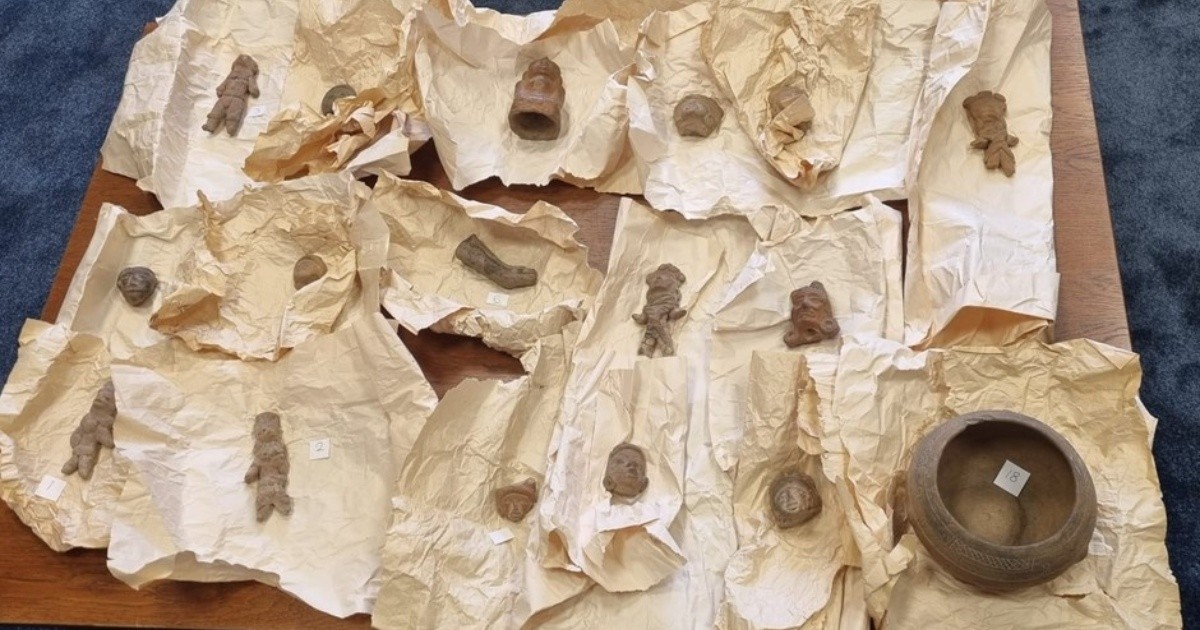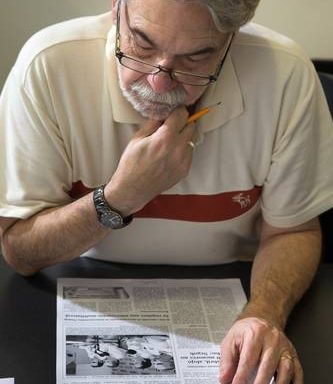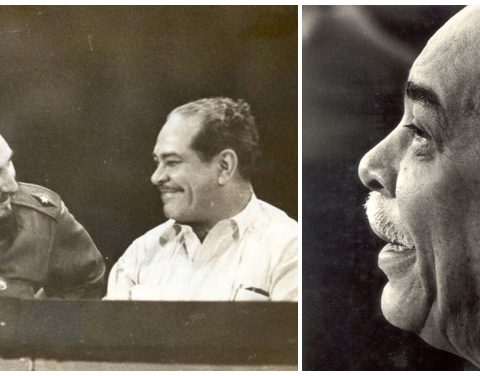At the Mexican Embassy in the Netherlands, Dutch citizens delivered seventeen archaeological pieces. The pieces were voluntarily returned to the country by Hubert De Boer and Liesebeth Mellis, who had them in their possession for three decades, the Ministry of Foreign Affairs reported this Sunday.
Prior to restitution, the pieces made of clay were assessed by experts from the National Institute of Anthropology and History (INAH), who determined that thirteen of them are of the Huastec style, made on the Gulf Coast of Mexico during the Mesoamerican Postclassic period (900 -1521 AD); two are Mexica style, made in the Central Mexican Highlands in the Mesoamerican Late Postclassic period (1200-1521 AD); one was forged on the coast of the Gulf of Mexico during the Classic period Mesoamerican (400-750 AD), and one more, in the Mixtec style, was made in the area of Oaxaca, Mexico, in the Postclassic Mesoamerican period (900-1521 AD).The pieces were made through the technique of modeling, smoothing, incision and application of pastillaje, explained the chancellery.
During the restitution ceremony, the Mexican ambassador to the Netherlands, José Antonio Zabalgoitia, reaffirmed Mexico’s commitment to recover cultural assets of a patrimonial nature and thanked Mr. De Boer and Mrs. Mellis for his initiative to return the archaeological heritage to the country.
For their part, the Dutch citizens commented that they made the decision to return the pieces to the Mexican government after having had the opportunity to visit the “Aztecs” exhibition, which is currently on display at the Museum of Ethnography in the city of Leiden, since that said exhibition made them measure the richness of the cultural heritage of Mexico.
In the near future, the seventeen archaeological pieces will be repatriated to Mexico by the Embassy of Mexico in the Netherlands for delivery to the authorities of the National Institute of Anthropology and History.














